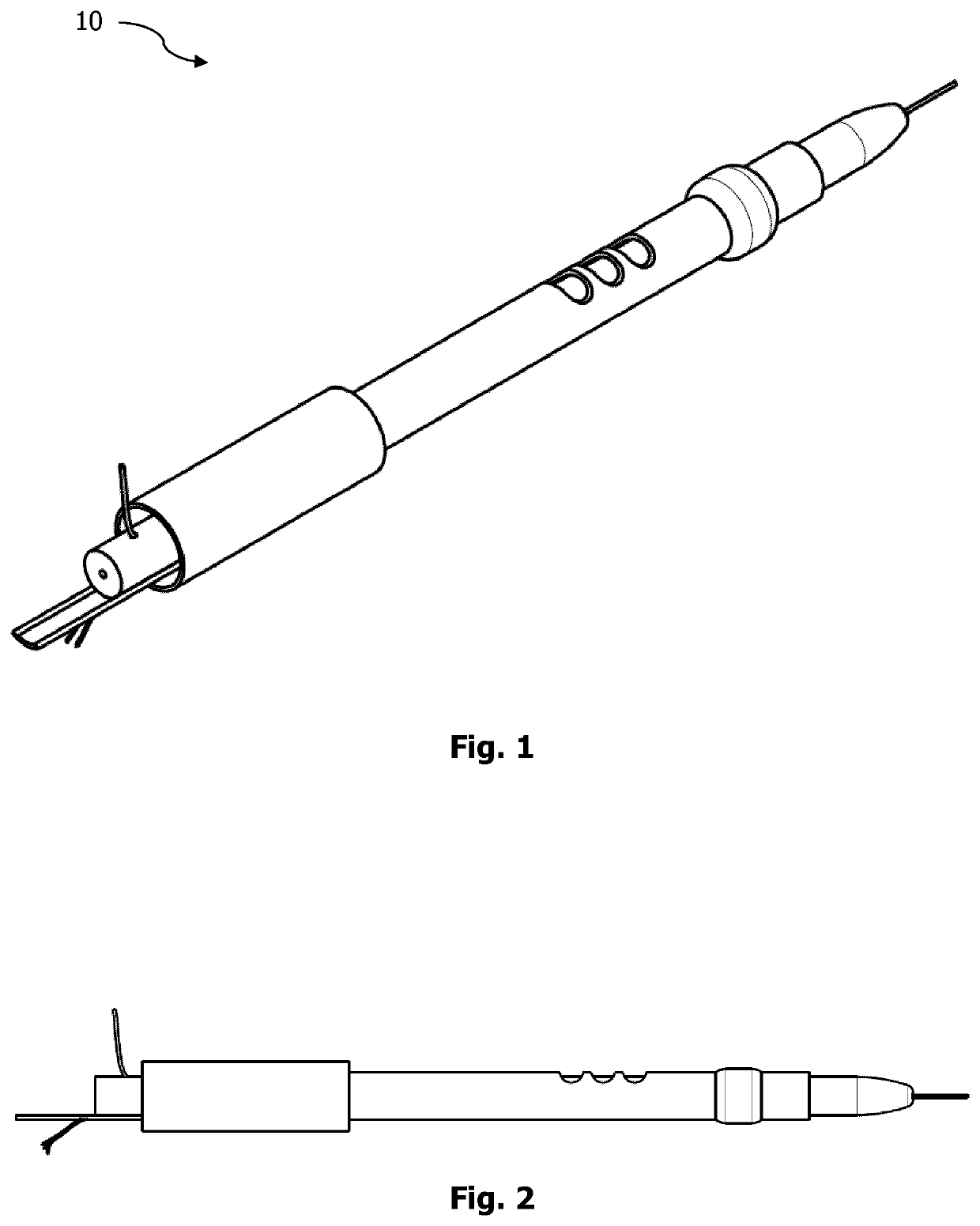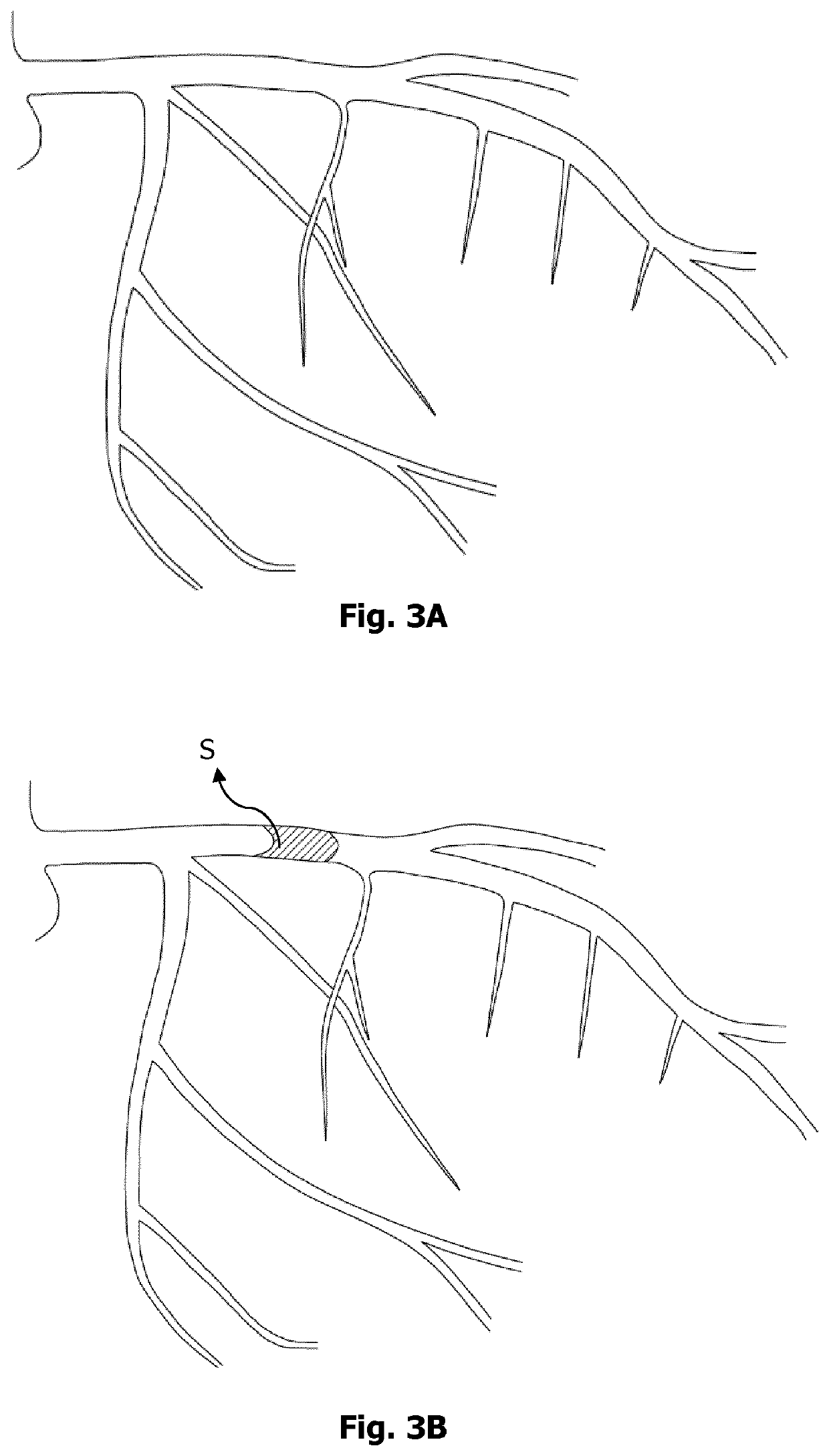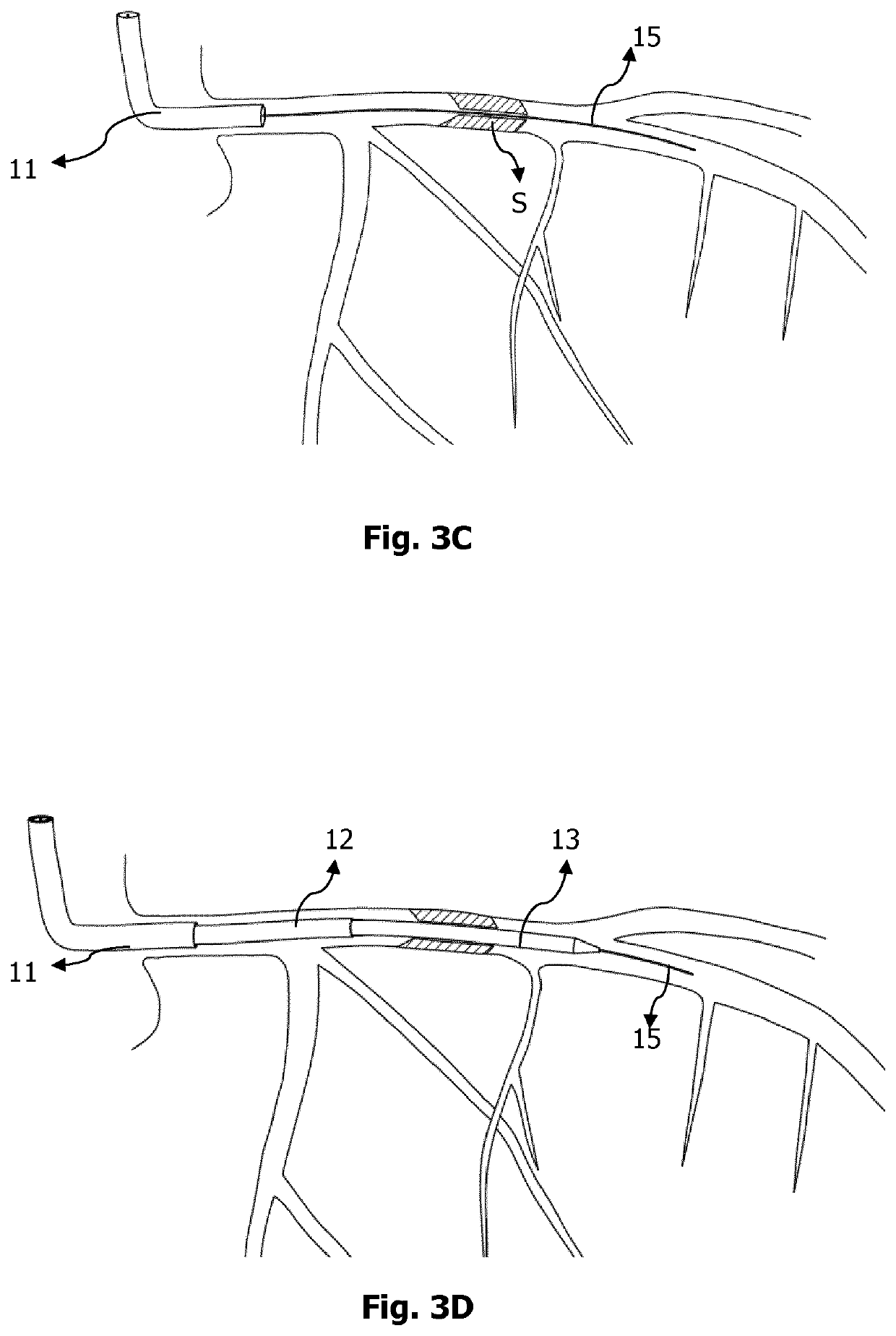Controlled pressure reperfusion catheter
a pressure reperfusion catheter and pressure technology, applied in the field of new catheters, can solve the problems of not immediately terminating progressive microvascular injury at the subtended myocardial territory, negatively affecting cardiac structure and function, and affecting the outcome of patients, mortality (15%) and particularly post-mi morbidity (heart failure) still remain significant problems
- Summary
- Abstract
- Description
- Claims
- Application Information
AI Technical Summary
Benefits of technology
Problems solved by technology
Method used
Image
Examples
Embodiment Construction
[0059]Proposed device aims to limit microvascular injury. Particularly, this invention includes a new set of devices enabling application of a new method to successfully limit reperfusion-related microvascular injury mainly by preventing uncontrolled / sudden rise in pressure in the reperfused microvascular territory. As of the application date, no devices are available to limit microvascular injury developing in scenarios such as invasive angiographic therapeutic procedures performed to re-open acutely occluded coronary arteries or to open very severely stenotic carotid arteries so far. Using this proposed device, a catheter system comprising specialized perfusion and optional sensing parts and control console, will provide to monitorize and control of reperfusion and may prevent edema and hemorrhage formation developed after opening of the occluded or severely stenotic vessels supplying the related organ systems (heart or brain) by therapeutic angiographic interventions such as repe...
PUM
 Login to View More
Login to View More Abstract
Description
Claims
Application Information
 Login to View More
Login to View More - R&D
- Intellectual Property
- Life Sciences
- Materials
- Tech Scout
- Unparalleled Data Quality
- Higher Quality Content
- 60% Fewer Hallucinations
Browse by: Latest US Patents, China's latest patents, Technical Efficacy Thesaurus, Application Domain, Technology Topic, Popular Technical Reports.
© 2025 PatSnap. All rights reserved.Legal|Privacy policy|Modern Slavery Act Transparency Statement|Sitemap|About US| Contact US: help@patsnap.com



